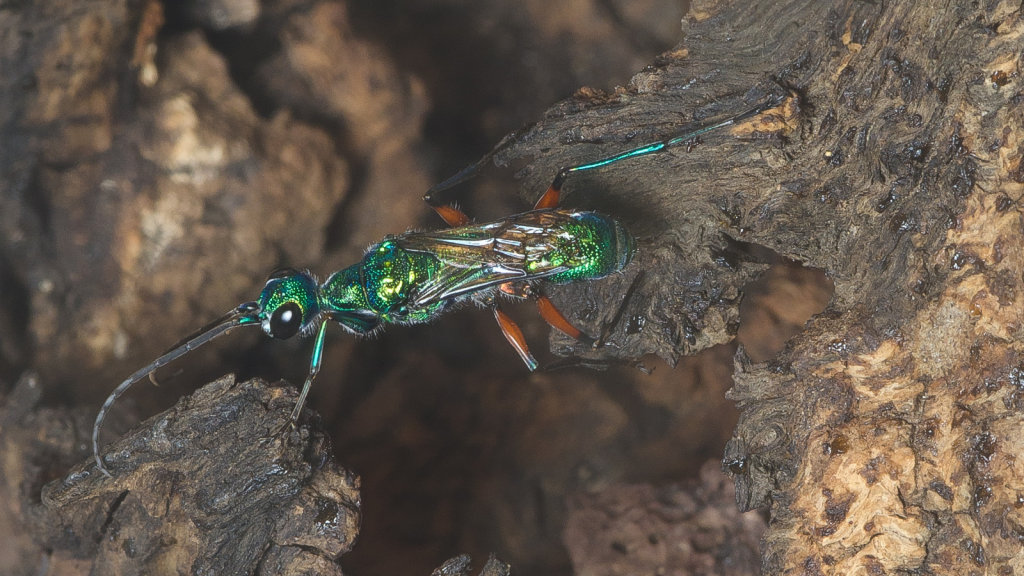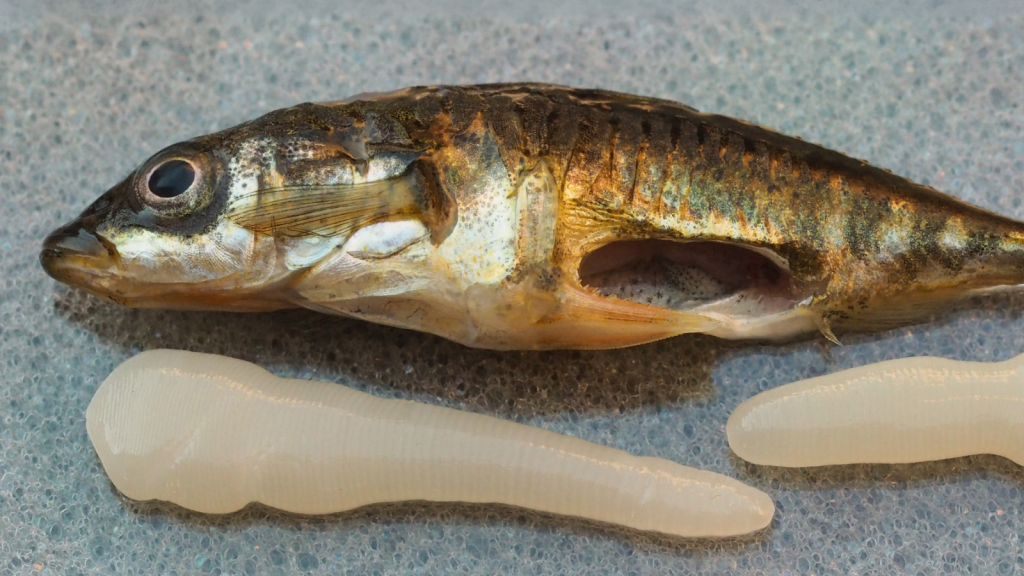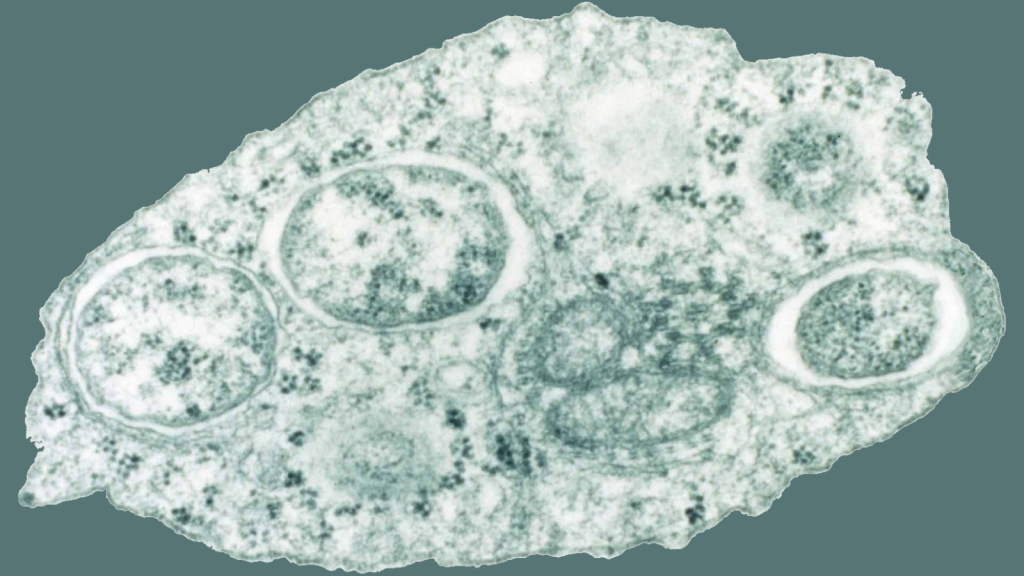The natural world is full of wonders, but some of its most fascinating creatures are the tiniest and most devious. Parasites have evolved incredible ways to survive, often by hijacking the bodies and behaviours of their hosts. These miniature masters of manipulation can turn ants into zombies, make fish dance, and even alter human personalities. From the depths of the ocean to the forests of Europe, these biological hackers are rewriting the rules of nature. Here are 18 parasites that prove truth is stranger than fiction.
Toxoplasma Gondii

This single-celled parasite is famous for its ability to influence human behaviour. It makes infected mice lose their fear of cats, increasing the chance they’ll be eaten and allow the parasite to reach its preferred host. In humans, it’s been linked to increased risk-taking and even schizophrenia. Remarkably, it’s estimated that up to a third of the world’s population may be infected with T. gondii, often without knowing it.
Cordyceps Fungus

This fungus is the stuff of nightmares for insects. It infects ants and other bugs, growing inside them until it bursts out of their bodies. Before it kills them, it forces them to climb to a high point, ensuring its spores spread far and wide. There are over 400 species of Cordyceps, each specialised to infect a specific insect host.
Sacculina Crab Parasite

This barnacle-like creature attaches to crabs and grows tendrils throughout their bodies. It then forces male crabs to behave like females, even making them care for the parasite’s eggs as if they were their own. The parasite also causes infected crabs to stop moulting and growing, focusing all their energy on nurturing the parasite instead.
Leucochloridium Paradoxum

This flatworm turns snails into flashing beacons for birds. It infects their eyestalks, making them pulsate with colour. This attracts birds, which eat the snails and spread the parasite. The infected eyestalks can detach and continue to pulsate for hours, increasing the chances of bird predation.
Cymothoa Exigua

Known as the tongue-eating louse, this crustacean replaces a fish’s tongue with its own body. It then feeds on the fish’s blood and mucus, acting as a living, parasitic tongue. Surprisingly, the fish can continue to live and function relatively normally with its new parasitic tongue.
Ophiocordyceps Unilateralis

This fungus is known as the “zombie-ant fungus”. It infects ants and forces them to climb to the underside of leaves, where they clamp down with their jaws and die, allowing the fungus to grow and spread its spores. The fungus can precisely control the ant’s muscles, even after the ant’s death, to keep it clamped to the leaf.
Glyptapanteles Wasp

These wasps lay their eggs inside caterpillars. After hatching, most larvae emerge, but a few stay behind to control the caterpillar, forcing it to guard the cocoons of its former parasites. The caterpillar will starve to death while defending the cocoons, showing how complete the parasites’ control is.
Euhaplorchis Californiensis

This fluke infects killifish and makes them swim erratically near the water’s surface. This bizarre behaviour makes them easy targets for birds, the parasite’s final host. The parasite achieves this by forming cysts in the fish’s brain, specifically in areas that control motion and fear responses.
Dicrocoelium Dendriticum

The lancet liver fluke forces ants to climb to the tops of grass blades and clamp down with their jaws. This makes them more likely to be eaten by grazing animals, continuing the parasite’s life cycle. The ants only exhibit this behaviour at night when it’s cool, returning to normal during the day, which helps preserve them until they can be eaten.
Spinochordodes Tellinii

This hairworm develops inside grasshoppers and crickets. When mature, it manipulates its host to seek out water and jump in, allowing the worm to emerge and find a mate. The worm can grow up to four times the length of its host before emerging.
Rabies Virus

While viruses aren’t typically considered parasites, rabies acts like one. It infects the nervous system and makes animals aggressive, increasing the chances of biting and spreading the virus. The virus also causes hydrophobia in humans, a fear of water that prevents drinking, which concentrates the virus in saliva.
Ampulex Compressa

The jewel wasp turns cockroaches into passive zombies. It stings the roach’s brain, then leads it to its nest where it lays an egg on it. The hatched larva then eats the still-living roach. The wasp’s venom specifically targets the area of the cockroach’s brain that controls the escape reflex, ensuring it doesn’t run away.
Plasmodium Falciparum

This malaria-causing parasite alters human body odour, making infected people more attractive to mosquitoes. This helps the parasite spread to new hosts. The parasite can also make infected mosquitoes bite more frequently, further increasing transmission rates.
Schistocephalus Solidus

This tapeworm infects stickleback fish, making them swim closer to the surface and take more risks. This makes them easier prey for birds, the parasite’s final host. The parasite can grow to comprise up to 50% of the fish’s body weight, dramatically altering its behaviour and physiology.
Diplostomum Pseudospathaceum

This fluke infects fish eyes, causing cataracts. This makes the fish easier prey for birds, where the parasite can complete its life cycle. The parasite can alter the fish’s perception of light, causing them to swim in more open waters where they’re more vulnerable to bird predation.
Myrmeconema Neotropicum

This nematode turns ants’ abdomens bright red, making them look like berries. Birds eat these “berry ants”, allowing the parasite to spread. The infected ants also tend to hold their abdomens high and move sluggishly, further mimicking real berries.
Wolbachia Bacteria

These bacteria can alter the sex of their hosts, turning male pillbugs into females. This ensures more female hosts are available for the bacteria to infect and spread. Wolbachia can also cause cytoplasmic incompatibility, where infected males can only successfully mate with infected females, further promoting the spread of the bacteria.
Acanthocephala

These thorny-headed worms infect small crustaceans called gammarids, altering their behaviour to make them more likely to be eaten by birds. Infected gammarids are drawn to light and swim closer to the water’s surface, increasing their visibility to predators. The parasites also change the crustaceans’ pigmentation, making them appear more conspicuous. Once a bird eats the infected gammarid, the Acanthocephala can complete its life cycle in its final host.
10 Desert Predators With Unique Hunting Adaptations

The harsh desert environment has shaped some of the most remarkable hunters on Earth. These animals have evolved incredible ways to survive and thrive in a world of extreme heat and scarcity. From silent stalkers to venomous ambush experts, desert predators are masters of adaptation. Their hunting techniques are as varied as they are fascinating, each perfectly suited to the challenges of their arid homes. Join us as we explore ten of these amazing creatures and the special tricks they use to catch their prey.
Read More: 10 Desert Predators With Unique Hunting Adaptations
Becky is a fervent wildlife enthusiast and pet care expert with a diploma in canine nutrition. Her love for animals stretches beyond the domestic, embracing the wild tapestry of global fauna. With over a decade of experience in animal welfare, Becky lends her expertise to OutlandishOwl through insightful articles, captivating wildlife information, and invaluable guidance on pet nutrition. Her work embodies a deep commitment to understanding the intricate lives of animals and a passion for educating others on sustaining natural habitats. Becky's hands-on conservation efforts and her knack for translating complex dietary science into practical pet feeding tips make her an indispensable voice for creatures great and small.




